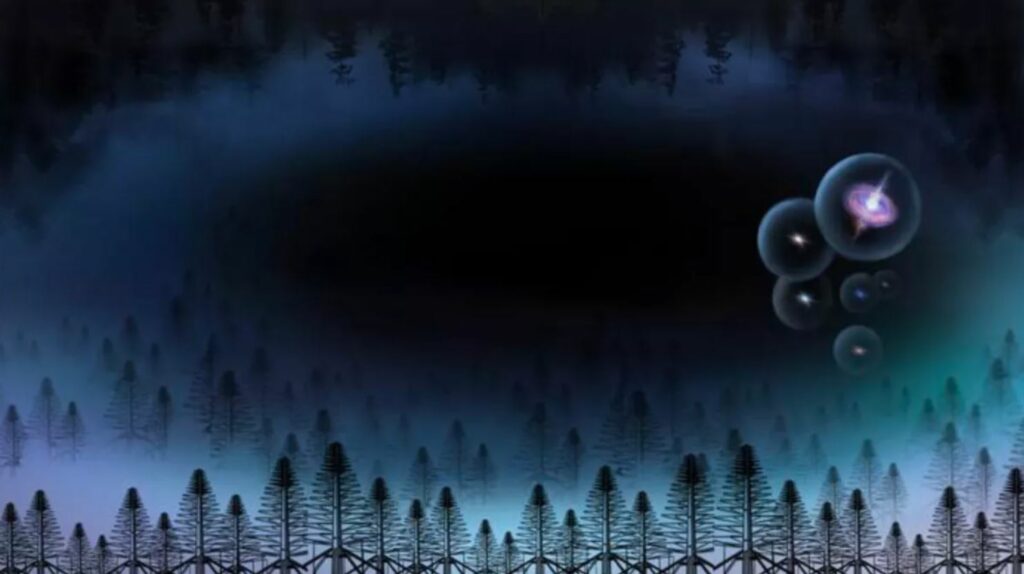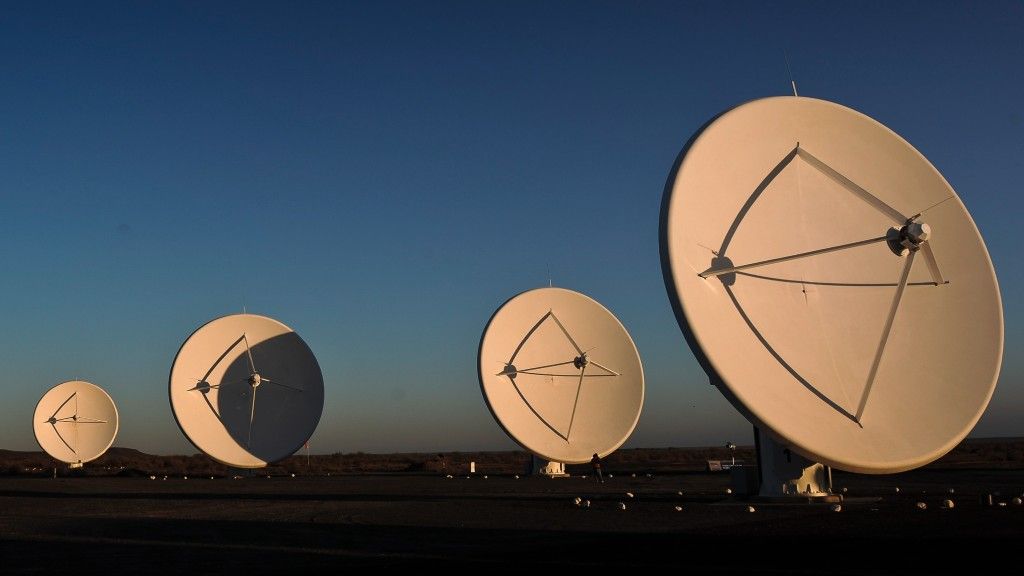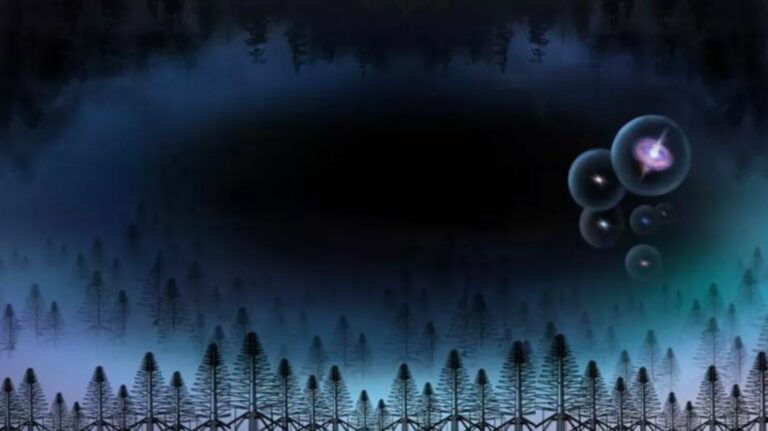Unveiling the Mysteries of Dark Matter and the Universe’s Earliest Galaxies: The Potential of the Largest Radio Telescope in the World
Studying the hydrogen fingerprint from just after the Big Bang could allow researchers to kill ‘two birds with one stone!’
Understanding the role of dark matter in the evolution of the universe during the cosmic dark ages has been a persistent challenge due to its elusive nature. However, a groundbreaking method utilizing the absorption of light by hydrogen surrounding early galaxies has emerged as a promising avenue for unraveling these mysteries.

Scientists from Northeastern University in China and the National Astronomical Observatories of the Chinese Academy of Sciences (NAOC) propose a novel approach to shed light on the enigmatic nature of dark matter and its impact on the early stages of galaxy formation.
Previous studies have focused on investigating small-scale structures in the universe to uncover insights into dark matter particles and their mass. However, when examining the cosmic dawn, a crucial period around 380 million years after the Big Bang when the first stars began to emerge, the lack of sufficient light sources has posed a challenge for astronomers.
Nevertheless, during this epoch, hydrogen gas existed, comprising the lightest chemical element. Hydrogen, like other elements, exhibits a distinct light absorption pattern at specific wavelengths, leaving behind a unique signature imprinted on the transmitted light. This characteristic absorption offers a valuable opportunity to investigate and analyze the particles composing dark matter and to gain insights into the mass of these particles during the cosmic dawn.
Searching for dark matter in a cosmic forest
During the cosmic dawn, which concluded approximately one billion years after the Big Bang, small-scale structures were present, encompassing atomic hydrogen gas within and around them. These structures give rise to distinct absorption lines at a wavelength of 21 centimeters, falling within the radio range of the electromagnetic spectrum. Collectively referred to as the “21-cm forest,” these absorption lines have been proposed as a prospective tool for studying gas temperature and dark matter during the cosmic dawn for over two decades.
However, this concept has remained purely theoretical due to the immense time it takes for light from that era to reach us—around 13.4 billion years. During its long journey, the light has lost energy, experienced wavelength stretching, and a lowering of frequency, resulting in a shift towards the red region of the electromagnetic spectrum and even into the infrared range.
The “redshift” process becomes more pronounced the farther the light source is. To utilize the 21-cm forest as a probe for dark matter during cosmic dawn, the detection of radio-loud sources like quasars is crucial. However, due to the absence of starlight during this epoch, identifying these high-redshift background sources and capturing faint signals from radio sources prove to be challenging.
Nevertheless, this scenario might soon witness a transformation. Recent discoveries have unveiled several high-redshift radio-loud quasars, and the construction of the Square Kilometre Array (SKA)—the world’s largest radio telescope—commenced in Australia and South Africa in December 2022. This cutting-edge observatory, with its exceptional sensitivity to radio waves, holds the promise of exploring and harnessing the 21-cm forest, making the detection and utilization of this phenomenon in studying dark matter and cosmic dawn increasingly viable.

The research team behind this recent study believes that examining the energy distribution of the 21-cm forest, known as its “power spectrum,” could serve as a viable tool to simultaneously investigate the properties of dark matter and the thermal evolution of the universe.
By analyzing the power spectrum, researchers aim to differentiate between different models of dark matter. Specifically, they seek to distinguish between the cold dark matter model, which involves massive dark matter particles moving at relatively slow speeds compared to the speed of light, and the hot dark matter model, which involves lighter and faster-moving dark matter particles.
“Through the measurement of the one-dimensional power spectrum of the 21-cm forest, we can enhance the sensitivity of the probe and also establish a means to discern the effects of warm dark matter models and early heating processes,” explained Yidong Xu, a researcher from the National Astronomical Observatories and the corresponding author of the study. “Essentially, we can achieve two goals with one approach!”
Provided that cosmic heating during cosmic dawn remains within certain limits, the initial phase of the Square Kilometre Array’s (SKA) operations, with its low-frequency capabilities, holds the potential for scientists to constrain the mass of dark matter particles and determine gas temperature. In the event of excessive cosmic heating, the second phase of SKA will involve an expanded instrument setup, enabling the use of multiple background radio sources to achieve the same constraints.
Since the utilization of the 21-cm forest as a probe for dark matter relies on observations of high-redshift background radio sources, the next crucial stage of this research involves the identification of additional radio-bright sources during the cosmic dawn. This includes the exploration of more radio-loud quasars and the investigation of gamma-ray burst afterglows.
Subsequently, these identified sources can be closely observed and studied once SKA begins its astronomical observations in 2027, offering astronomers an opportunity to gain further insights into the enigmatic realms of dark matter and the earliest galaxies.
The team’s research was presented in the July 6 edition of the journal Nature Astronomy.
Do not forget to share your opinion with us to provide you with the best posts !




0 Comments